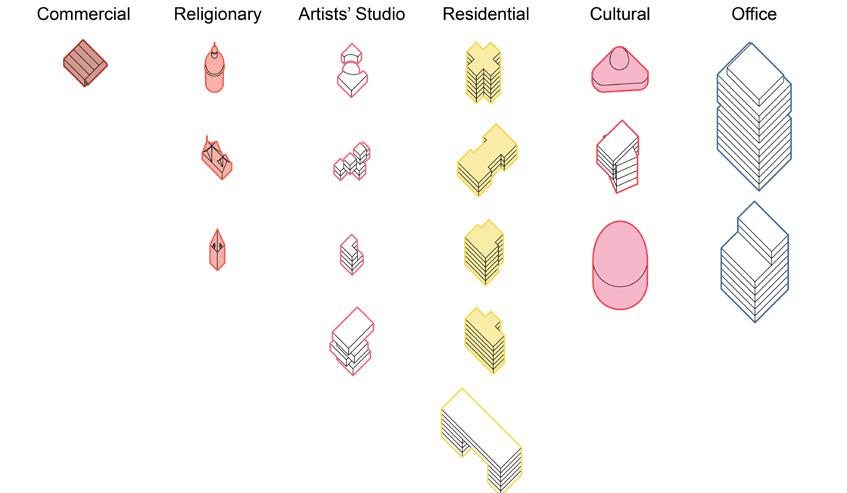
2 minute read
NYC --------WEAVING CULTURE
from Zhicheng-Portfolio
by Zhicheng Liu
CULTURE REPRESENTATION CHARACTERISTICS
Road Systerm
Advertisement
Commerical
Sport Space (soccer field)
Sport Space (baseball)
Queens Botanical Garden
Green space
Residential
Parking Lot
Water
Socrates Sculpture Park
Museum
Parking Lot
Parking Lot
Entertainment agency
Museum of The Moving Image
Stadium
Commerical
Art School
Movie Studio
Movie Studio
Parking Lot
CULTURE PRODUCTION CHARACTERISTICS
Commerical Residental
Multifunctional Complex
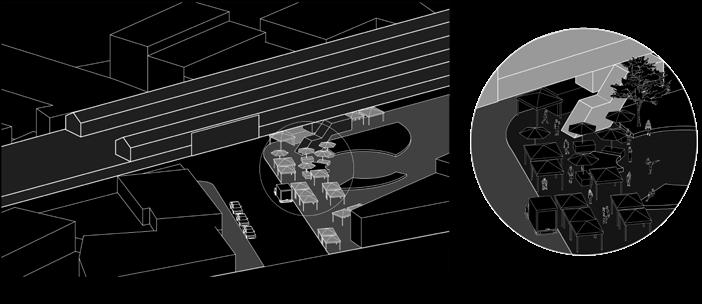
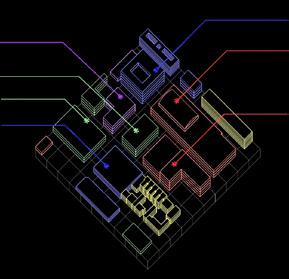
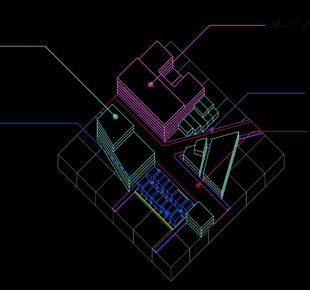
Sidewalk
Main Road
Based on our analysis of cultural production and representation, we examined the building morphology along the 7 line and Flushing Meadow Park, including residential, religious, commercial, and cultural buildings. We used this information to create prototypes for buildings that could serve different functions in Willets Point. The colored icons represent existing building types that we learned from cultural production and representation, while the other icons represent new building types that could either produce culture or represent culture in the future. Our design also incorporates iconic buildings that represent the cultural context of the area.
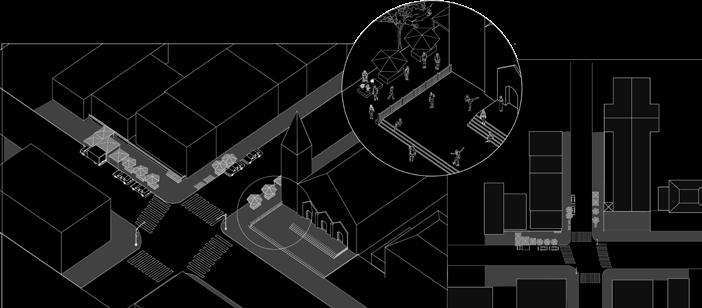
Church Street food
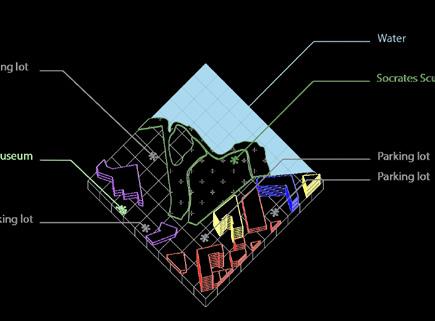
Weaving Culture Actor Network
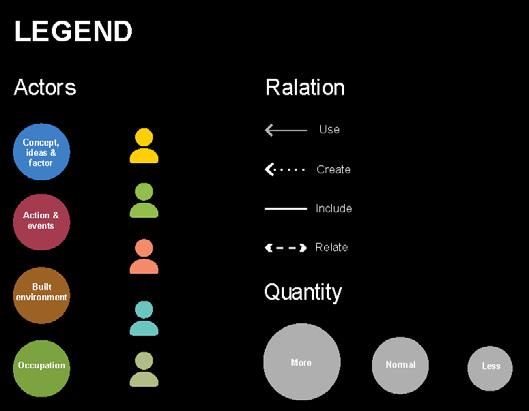

A cultural story happening along 7 Line
There are diverse cultural activities happening along the 7 line, which connects Jackson Heights, Willets Point, and Flushing. Through our last investigation, Willets Point has so much potential to become a mix-cultural space because it is situated in the middle of diversity.
But how can we extend the diverse culture and display this colourful culture in Willets Point? Art can be a medium which can carry and represent culture. So we came up with a THEME PARK concept. It’s a space with many possibilities, including integrating diverse cultures, encouraging spontaneous cultural activities, and creating an atmosphere for people to experience the culture.
To make the Willets point a heterogeneity space, artists need to move in. Attracting by the cheap rent of this area, they establish their studios, exhibitions, and art practices. The progressive formation of the art district has attracted the public’s attention. Urban designers start to interfere with the regeneration process of Willets Point. By restoring the brown land, providing adequate facilities, and creating job opportunities, more and more immigrants start to flow in. All the actors in Willets Point interact with each other and make Willets Point a livable, multifunctional, artistic WEAVING CULTURE.
Our concept is called “Weaving Culture.” We began by analyzing cultural production along the 7 Line and cultural representation in Flushing Meadow Park. Next, we divided Willets Point into nine blocks based on the existing road network. We then extended cultural production into Willets Point, taking inspiration from the bustling commercial buildings along Roosevelt Avenue. Similarly, cultural representation permeated into Willets Point from the extension of Flushing Meadow Park. We used cultural buildings and open spaces to represent culture along these three corridors. Finally, we divided cultural representation into different widths and integrated it with the urban fabric, creating a cohesive tapestry of cultures.

Building Prototypes
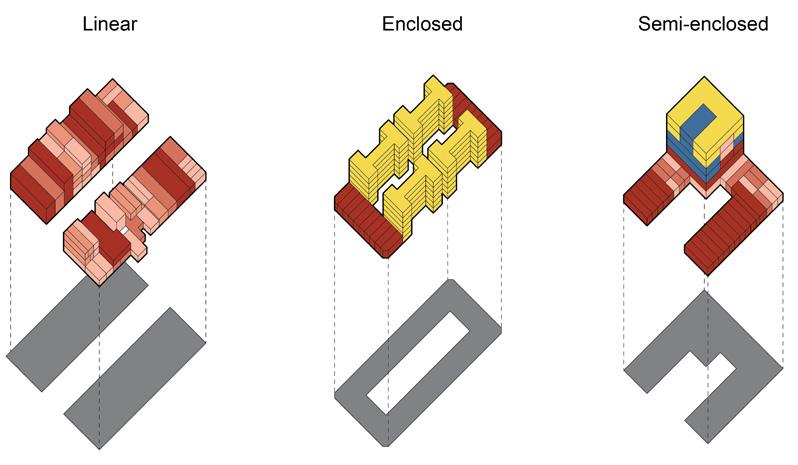
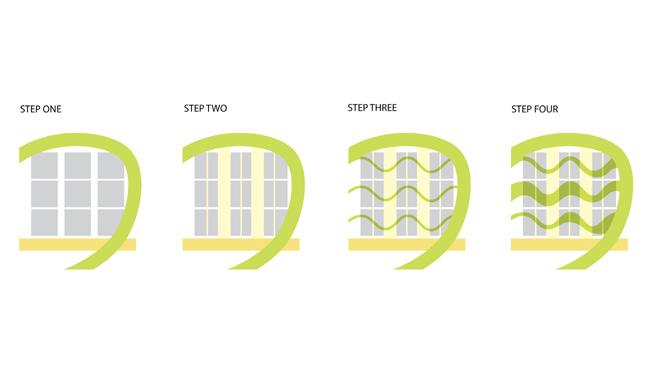
Along the 7 line, there are two primary block morphologies: linear and enclosed. The linear morphology involves stacking commercial buildings to create inner and outer pathways, while the enclosed morphology involves enclosing residential and commercial buildings to form a courtyard. In addition, we introduced a semi-enclosed morphology, which combines elements of both. This involves a mixed-use building inserted into a semi-enclosed commercial podium.
